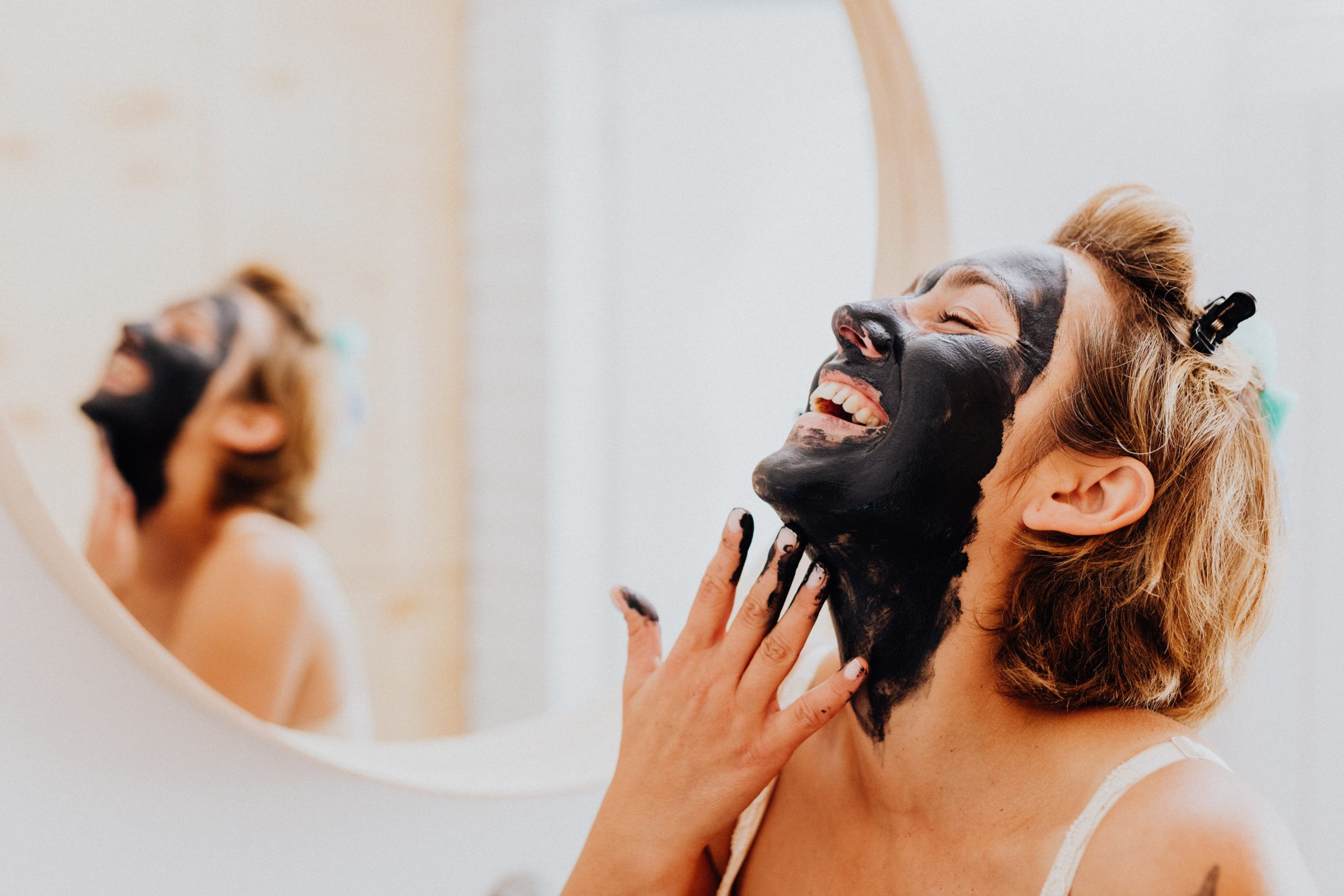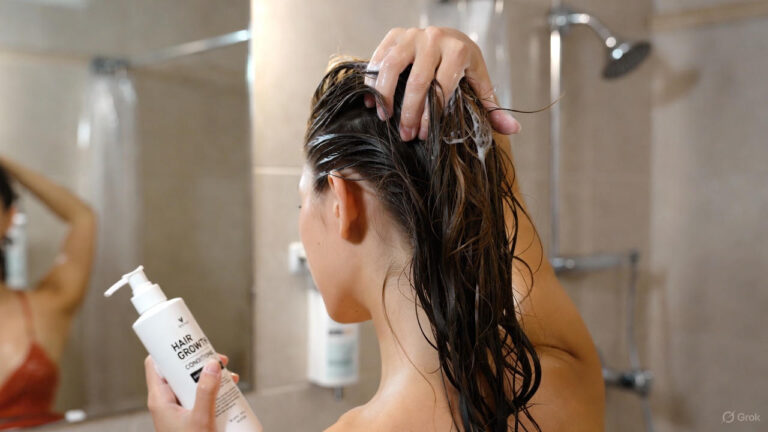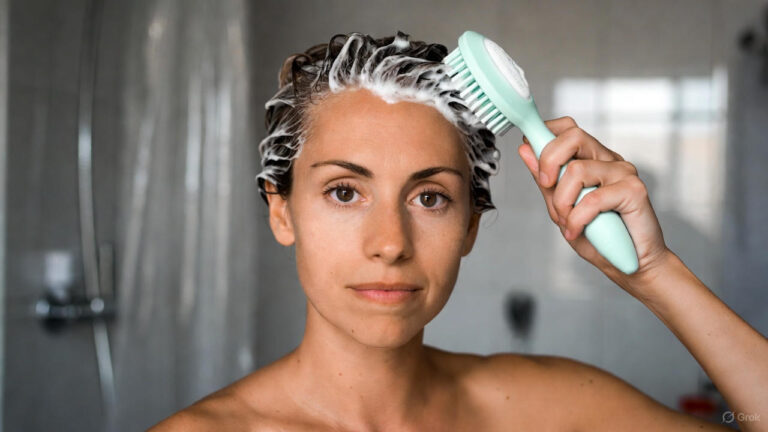Art has long been celebrated for its ability to evoke emotions, inspire creativity, and provoke thought. It serves as a powerful medium for healing and self-expression, giving voice to the innermost thoughts and feelings of individuals.
Amidst the therapeutic process, beauty come outs not merely as an aesthetic concept but as a profound catalyst for transformation.
In this article, we delve into the intricate relationship between beauty and art therapy, examining its role in fostering healing, enhancing self-awareness, and nurturing personal growth.
The Healing Power of Beauty
Beauty possesses an inherent healing quality that transcends the physical world and permeates the depths of the human psyche. In art therapy, the creation of beauty serves as a therapeutic process, offering solace, comfort, and a sense of inner harmony.
Through the act of artistic expression, individuals tap into their innate creativity, channeling their emotions and experiences into tangible forms of beauty.
Artistic creation provides a safe and nurturing space for individuals to explore and confront their innermost struggles and traumas. In the process of transforming raw emotions into works of art, individuals gain insight into their thoughts and feelings, finding catharsis and relief in the act of creation.
The beauty that come outs from these creative endeavors acts as a beacon of hope, guiding individuals on their journey towards healing and wholeness.
Beauty as Self-Expression
Art therapy offers individuals a unique opportunity to express themselves authentically and without judgment. Through the creation of art, individuals communicate their innermost thoughts, feelings, and experiences in ways that words alone cannot capture. Beauty, in this context, becomes a language of the soul, speaking volumes about the inner landscape of the individual.
The beauty that come outs from artistic expression is deeply personal and subjective, reflecting the unique perspectives and experiences of each individual.
Whether through vibrant colors, intricate patterns, or evocative imagery, individuals convey their innermost truths and desires, forging a deeper connection with themselves and others.
In the process of creating beauty, individuals reclaim their sense of agency and autonomy, empowering themselves to embrace their authentic selves.
Beauty as a Mirror
Art serves as a mirror, reflecting back to individuals their innermost thoughts, feelings, and desires. In art therapy, the beauty that come outs from artistic expression acts as a mirror, inviting individuals to confront and explore aspects of themselves that may have been long suppressed or overlooked.
Through the act of creation and reflection, individuals gain insight into their innermost selves, fostering a deeper sense of self-awareness and understanding.
The beauty that come outs from artistic expression serves as a catalyst for self-discovery and personal growth. As individuals engage in the process of creating art, they confront their fears, insecurities, and limitations, transcending them through the transformative power of beauty.
In the process, individuals cultivate a greater sense of self-acceptance and self-love, embracing their inherent worth and value.
Beauty as Connection
Art has the remarkable ability to bridge the gap between individuals, fostering connection and empathy. In art therapy, the beauty that come outs from artistic expression serves as a powerful tool for building rapport and establishing trust between clients and therapists.
Through the act of creating and sharing beauty, individuals forge meaningful connections with others, transcending the boundaries of language and culture.
The beauty that come outs from artistic expression serves as a common ground upon which individuals can connect and relate to one another.
Whether through collaborative art projects or group therapy sessions, individuals come together to create beauty, fostering a sense of belonging and community. In the process, individuals recognize the inherent beauty in each other, cultivating compassion, understanding, and acceptance.
Conclusion
Beauty assumes a multifaceted role, serving as a catalyst for healing, self-expression, self-discovery, and connection. Through the act of artistic creation, individuals tap into their innate creativity, channeling their emotions and experiences into tangible forms of beauty. In the process, they confront their innermost struggles and traumas, finding solace and relief in the transformative power of beauty. As individuals engage in the process of creating and sharing beauty, they forge meaningful connections with themselves and others, fostering a deeper sense of self-awareness, understanding, and empathy.
FAQs
1. What is the significance of beauty in art therapy?
Beauty plays a crucial role in art therapy as it serves as a catalyst for healing, self-expression, self-discovery, and connection. Through the creation and contemplation of beauty, individuals confront their innermost struggles and traumas, finding solace and relief in the transformative power of art.
2. How does art therapy promote self-expression?
Art therapy offers individuals a unique opportunity to express themselves authentically and without judgment. Through the creation of art, individuals communicate their innermost thoughts, feelings, and experiences in ways that words alone cannot capture, fostering a deeper sense of self-expression and authenticity.
3. Can anyone benefit from art therapy, regardless of artistic ability?
Absolutely! Art therapy is not about artistic skill or talent but rather about the process of creative expression and self-discovery. Individuals of all ages and backgrounds can benefit from art therapy, regardless of their artistic abilities.
4. How does beauty foster connection in art therapy?
Beauty serves as a common ground upon which individuals can connect and relate to one another. Through the act of creating and sharing beauty, individuals forge meaningful connections, transcending the boundaries of language and culture, fostering a sense of belonging and community.
5. What role does the therapist play in facilitating the exploration of beauty in art therapy?
The therapist in art therapy serves as a guide and facilitator, providing a safe and nurturing space for individuals to explore and express themselves through art. They offer support, encouragement, and insight, helping individuals navigate their creative journey and discover the beauty within themselves.



